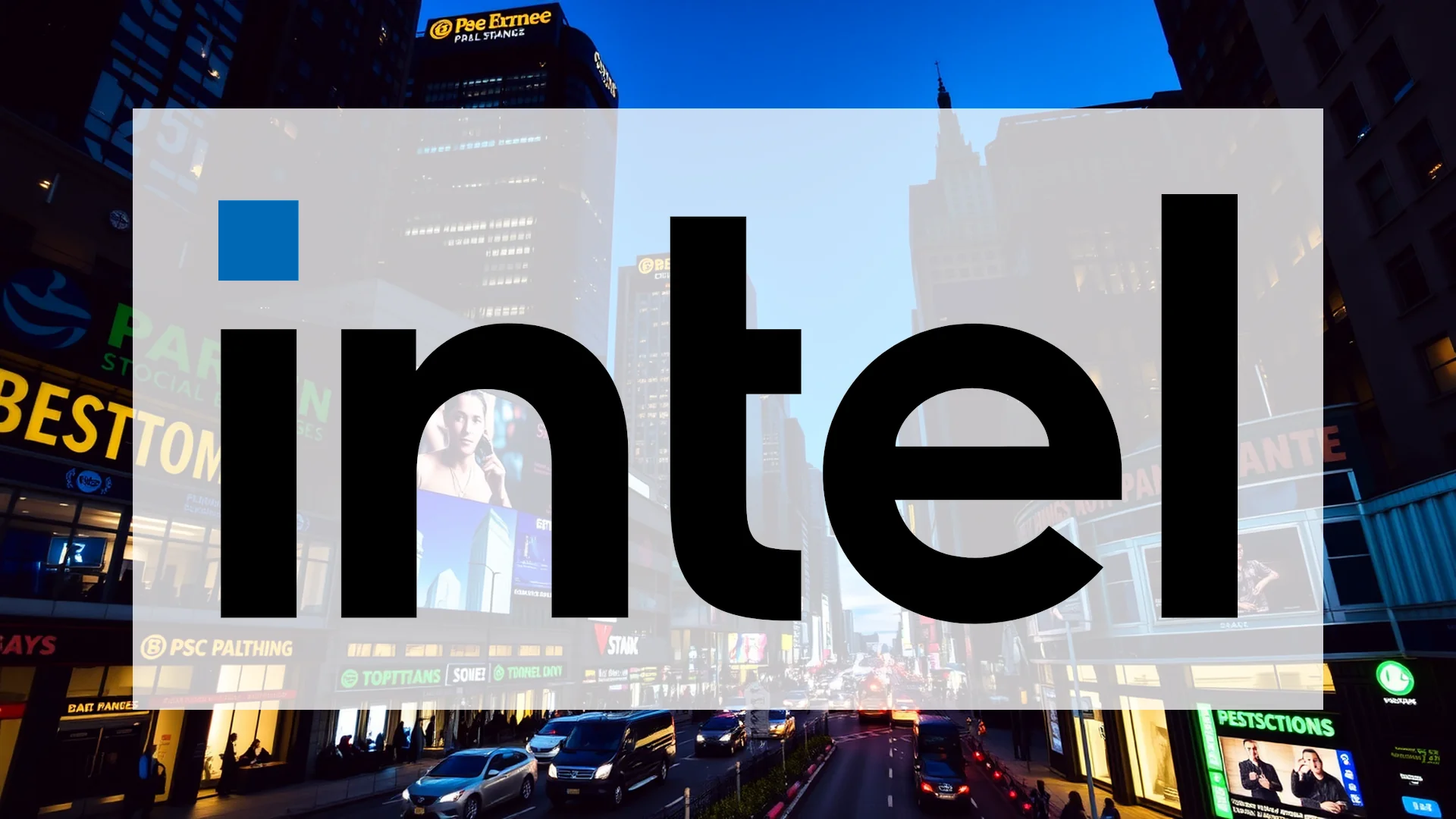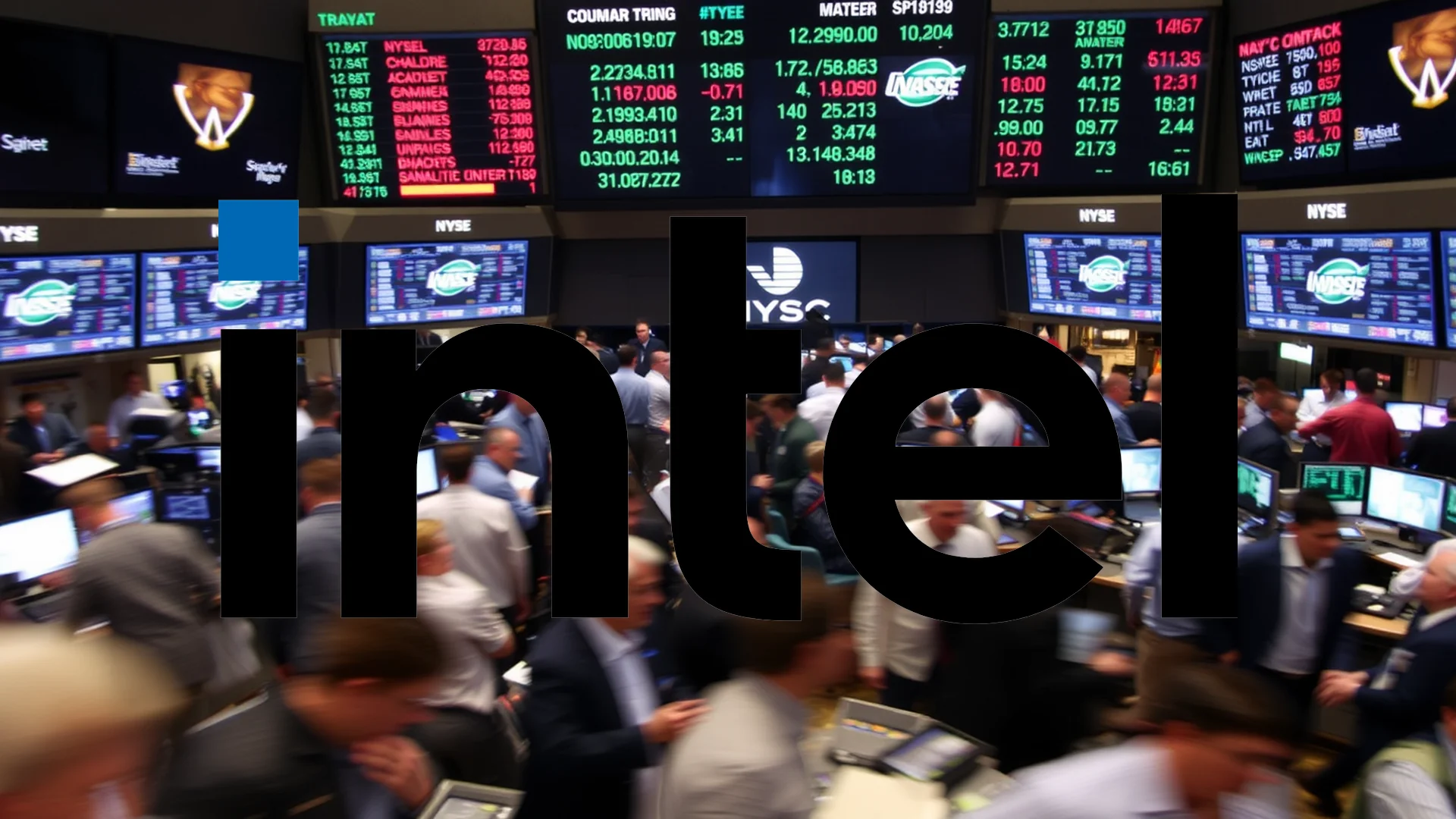Intel faces one of its most consequential quarterly earnings announcements in recent memory. Following a spectacular rally that has propelled its shares nearly 90% higher since the start of the year, the semiconductor giant must now deliver solid results. The stakes are exceptionally high; failure to meet elevated market expectations could trigger a severe downturn. Under CEO Lip-Bu Tan’s leadership, Intel has embarked on a radical strategic transformation, backed by multi-billion dollar deals. The critical question remains whether these efforts will satisfy investors’ heightened anticipation.
Market sentiment reflects significant uncertainty. Options trading implies an anticipated share price swing of approximately 10% in either direction following the earnings release. This nervousness manifested clearly in recent trading sessions, with the stock declining over 3% yesterday before partially recovering those losses.
Analyst Expectations and Critical Metrics
Wall Street’s benchmarks are clearly established. Analysts project revenue in the range of $13.1 to $13.2 billion, representing virtually no change from the same period last year. The more dramatic shift is expected in earnings per share, where forecasts indicate a dramatic improvement from last year’s loss of $0.46 per share to a break-even scenario or a minimal profit of up to $0.02. While this would mark substantial progress, it falls short of representing a complete recovery.
The market will scrutinize how Intel’s recent transformational agreements impact its trajectory. The company secured an $8.9 billion deal effectively repurchasing nearly 10% of government ownership, received $5 billion from competitor Nvidia for collaborative AI chip development, and collected an additional $2 billion from SoftBank. With its treasury substantially reinforced, the pressure now mounts to translate this financial strength into operational performance.
Three Strategic Divisions Under Examination
Client Computing Group, Intel’s largest business segment, stands to benefit from tentative signs of recovery in the PC market. Early industry data suggesting increased shipments offers a glimmer of hope for the processor division’s performance.
Should investors sell immediately? Or is it worth buying Intel?
The Data Center and AI segment represents the primary battleground where Intel confronts fierce competition from Nvidia and AMD. Sales figures for Xeon processors and Gaudi AI accelerators will reveal whether Intel can stem its ongoing market share erosion in this critical growth area.
Intel Foundry Services occupies a particularly prominent position in the company’s long-term strategy. The success of its 18A process technology and its ability to attract new manufacturing clients will determine Intel’s viability as a contract chip manufacturer.
Cautious Sentiment Persists Among Research Firms
Despite the impressive stock appreciation this year, analytical consensus remains guarded. Among 32 covering analysts, 23 maintain hold recommendations while 7 advise selling the shares. HSBC recently downgraded Intel to “Reduce,” highlighting persistent challenges within the foundry business. Wedbush Securities continues to rate the company as “Neutral.”
Forward guidance for the fourth quarter and the 2026 outlook will carry at least equal importance to the historical results. During the conference call scheduled for 11:00 PM German time, Tan and his executive team must provide transparent updates regarding demand trends, margin performance, and detailed capital investment plans.
Ad
Intel Stock: Buy or Sell?! New Intel Analysis from December 10 delivers the answer:
The latest Intel figures speak for themselves: Urgent action needed for Intel investors. Is it worth buying or should you sell? Find out what to do now in the current free analysis from December 10.
Intel: Buy or sell? Read more here...










